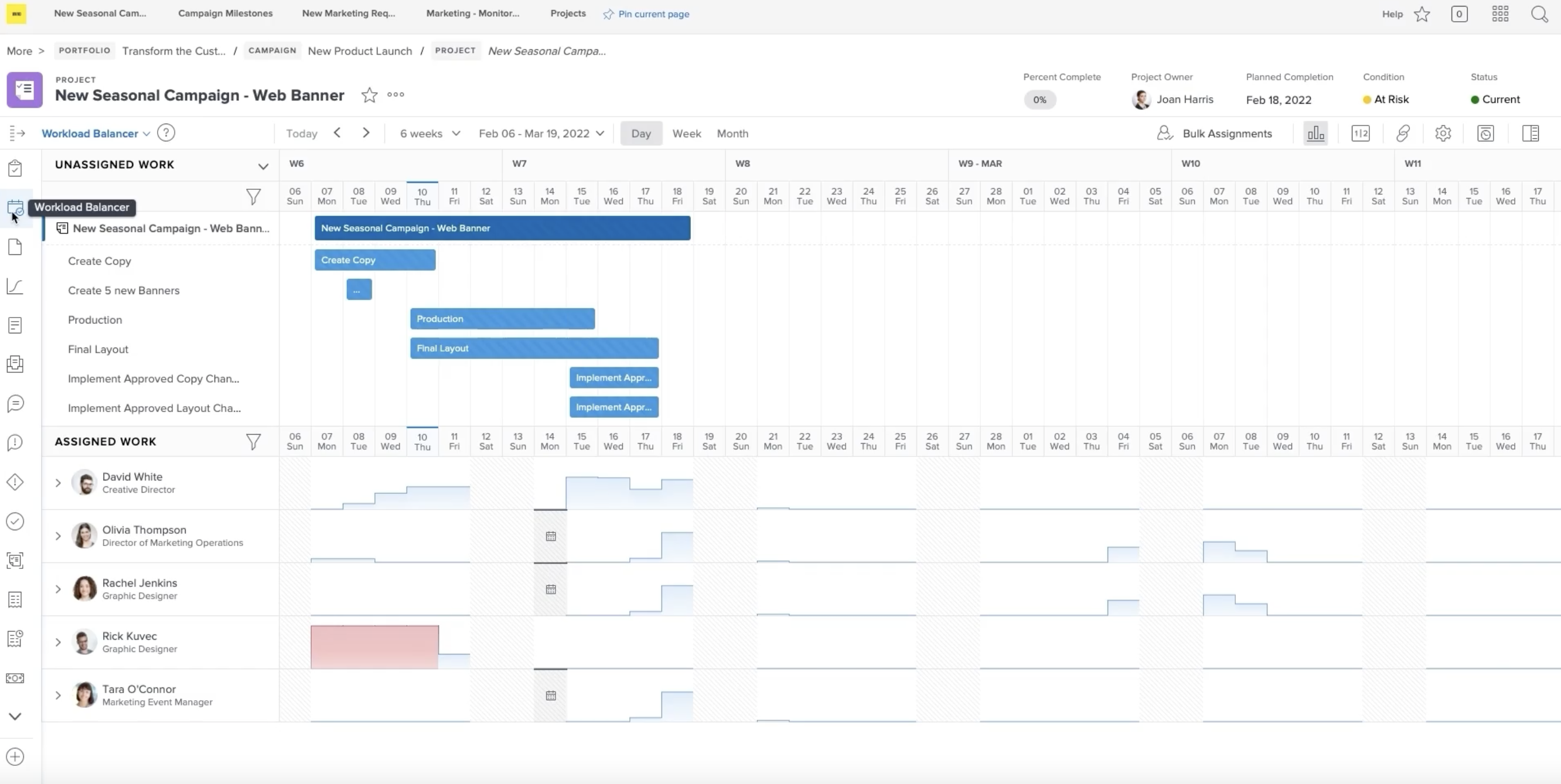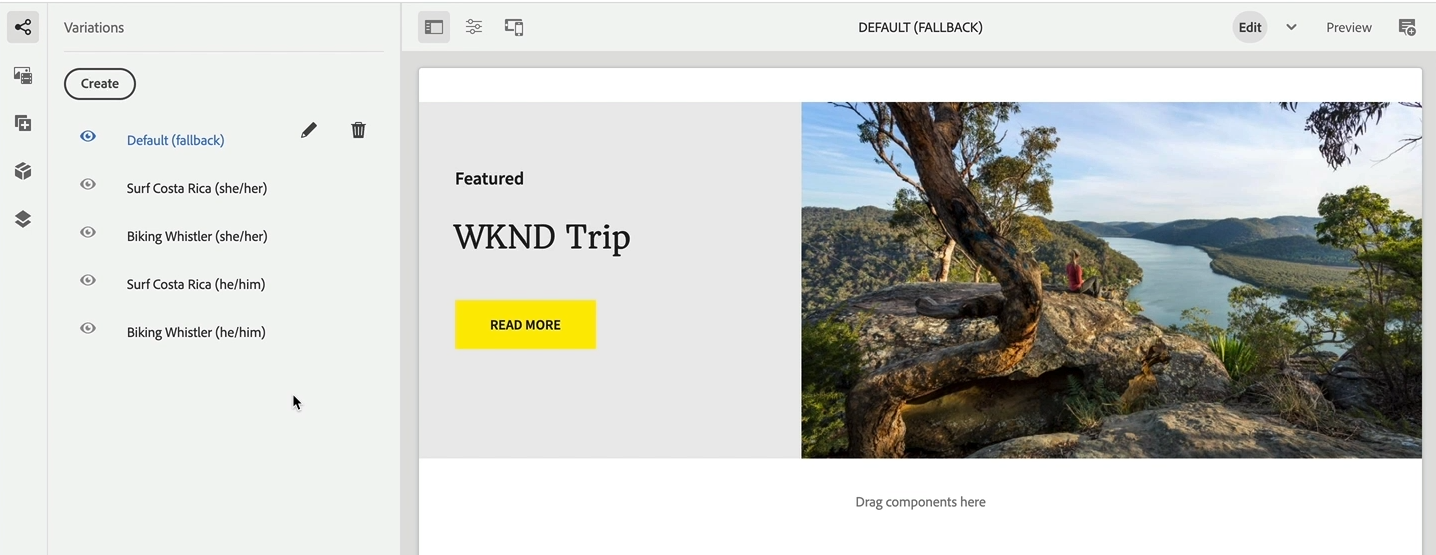Experience Cloud is Adobe’s umbrella brand for its digital experience solutions. These include, among other things, its data and analytics services, content management tools, a commerce platform and, with the 2020 acquisition of Workfront, a full marketing workflow management service, too. The Experience Cloud brand made its debut at the company’s 2017 Digital Marketing Summit. This event is now the Adobe Summit — you can think of it as the Experience Cloud counterpart to the Creative Cloud-centric Adobe MAX conference — and it’s no surprise that the company is announcing a slew of new products and updates to its digital experience platform today at this year’s (virtual) conference.
The focus of today’s announcements is on providing new tools to help brands — and the developers that work for them — build more personalized experiences and provide deeper integrations between the different services inside the Experience Cloud, as well as some long-requested integrations with Adobe’s Creative Cloud, too.
“The companies we work with are seeing that they need to deliver more personalized experiences to their customers — and they also need to really give their employees the tools to be able to be successful in this digital economy,” Loni Stark, Adobe’s VP of Strategy and Product, told me. “A big part of our focus in these innovations around content and commerce is to provide those capabilities to personalize the shopping and commerce experiences to allow for everyone in the organization that builds customer experiences to be able to get to the richest assets and insights they need in order to do that — and to recognize that while we provide some of the best technologies out there, that one our strengths is the ability to enable developers to build whatever they imagine, to help drive greater business growth and exciting experiences that we as consumers can all benefit from.”
Maybe the highlight of today’s launch is the new Adobe App Builder for Commerce, though. With this, Adobe provides developers with tools for building cloud-native content and commerce applications. The idea here is to help developers extend the capabilities of Adobe’s commerce solutions through a set of developer tools and SDKs. With this, developers can build both new user experiences as well as microservices to build integrations with the rest of a company’s IT stack. It complements the existing App Builder for Experience Manager platform, which launched at the end of last year.
“We don’t want to have developers — when they approach Experience cloud — have so many different tools for building. They should have a unified experience across the API gateways,” Stark said. With the App Builder, she noted, developers can now more easily build more unique storefronts, for example, or extend existing e-commerce tools to also now offer in-store pick-up.
As for integrations, Adobe Workfront, the company’s marketing workflow management service, is now connected with the company’s Journey Optimizer, which helps marketers manage and analyze their omnichannel campaigns. And as more employees within a business now take an active role in building these campaigns and experiences, the company also now build a deeper connection to Creative Cloud to break down these silos and give more users access to content in a company’s Creative Cloud libraries inside of the Adobe Experience Manager Assets and Assets Essentials service.
The idea here, Stark noted, is to build what the company calls ‘experience fragments.’ These are basically the atomic units that make up a company’s content libraries that can then be repurposed across different channels to serve highly personalized content to users based on their own preferences and the platform they are using.
As part of this focus on personalization, Adobe also today announced new AI-driven product recommendations in Adobe Commerce that allows B2C and B2B brands to offer better recommendations based on customer behavior, product sales or popular trends. The company argues that those companies that have already trialed this new product saw 25% or greater increases in order value. Similarly, the company’s new Live Search feature, which is powered by Adobe’s Sensei AI platform, is helping consumer brand provide faster, more personalized and more relevant search results (maybe that’s something Amazon should try, too, given that its search results often trend towards the comically inept).

















 English (US) ·
English (US) ·